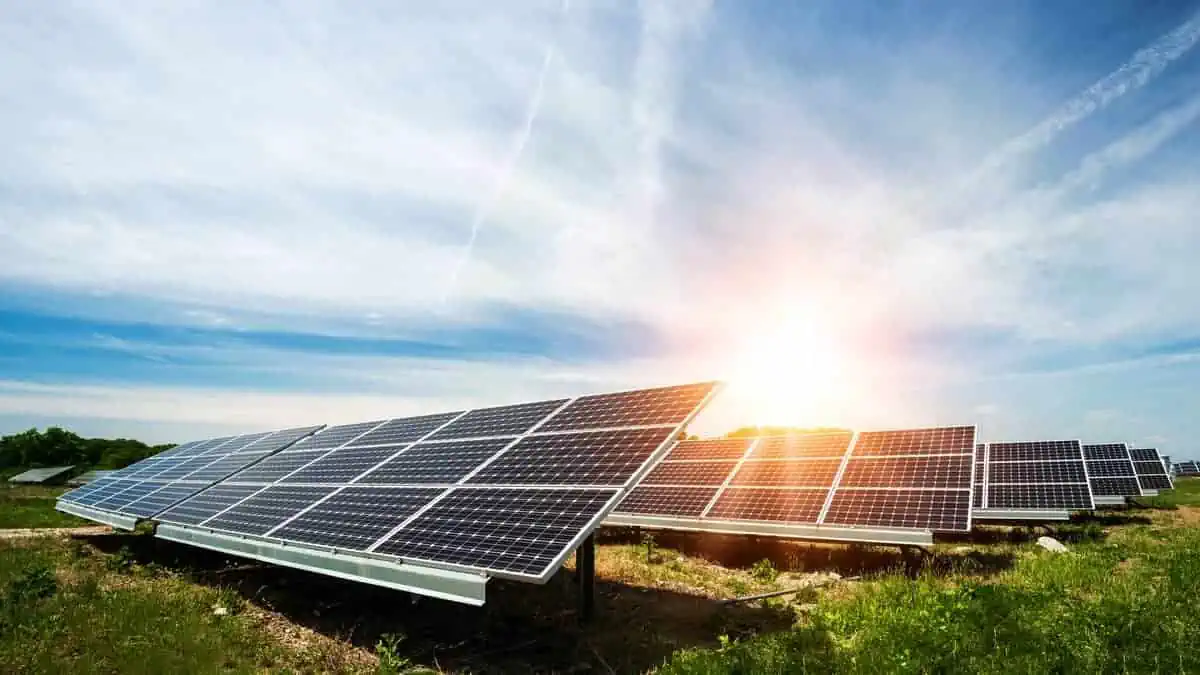A team of researchers led by the DOE’s Oak Ridge National Laboratory designed a utility-scale solar and storage project that can ultimately sustain electric grid stability. The “MARS” project can apparently power both AC and DC high-voltage lines.
Concept
Most of the electric grid in the United States employs alternating current (AC), which continuously reverses the electron flow direction.
Meanwhile, the solar + storage project employs direct current (DC) constantly flowing in one direction.
The US electric grid has fewer but more efficient high-voltage DC lines that can transport large amounts of power across great distances or to distant areas. That said, advanced and specialized power electronics are needed to convert DC to AC.
Therefore, Oak Ridge National Laboratory researchers devised a solar and storage plant system to supply both AC and DC high-voltage lines. This system makes the transmission of renewable energy simpler and more dependable.
“Multi-port Autonomous Reconfigurable Solar power plant” (MARS)
MARS is a complete solution encompassing power electronics, electrical architecture, and cybersecurity software. In addition, utilities may easily and affordably deploy the technology because it is plug-and-play.
Remarkably, MARS recorded the following accomplishments in hardware case simulations based on two California sites:
- reduced power loss by up to 50%
- 100% identification of cyber-attacks
- 16% increase in stabilizing AC voltage frequency
“It matches our vision of the future.From the point of view of a good algorithm to track down cybersecurity problems and technology we can use on the DC side, MARS is very helpful. The DC technology is also promising for scaling down DC voltage for electric vehicle charging stations.”
Md Arifujjaman, grid technology innovation Senior Engineer at Southern California Edison
In addition, MARS can change its configuration based on the energy at hand. MARS could keep integrating the AC and DC transmission networks and use saved battery power to support its operation. This configuration change occurs when the solar panels are unavailable to produce power at night or even when they break.
According to the study, MARS cut electrical expenses by up to 40%. The researchers created an algorithm to optimize the size of the plants and the energy storage to increase annual revenue.
Furthermore, MARS also has a novel kind of inverter that can keep the grid stable and restart it after a disturbance.
“You do not want the power grid to have significant losses of power when disturbances happen. Traditional renewable plants may disconnect from the grid or stop sending power, but we did not see that happen with MARS. It could cope better with failures in the external grid and continue to operate, supporting the broader power system.”
Lead researcher Suman Debnath
What’s next?
The Oak Ridge team and its partners are collaborating to deploy an initial field demonstration of either the following:
- MARS components that support grid stability
- a scaled-down version of the entire concept
Oak Ridge National Laboratory collaborates with organizations like Southern California Edison, Opal-RT, Hitachi Energy, and the Georgia Institute of Technology.






